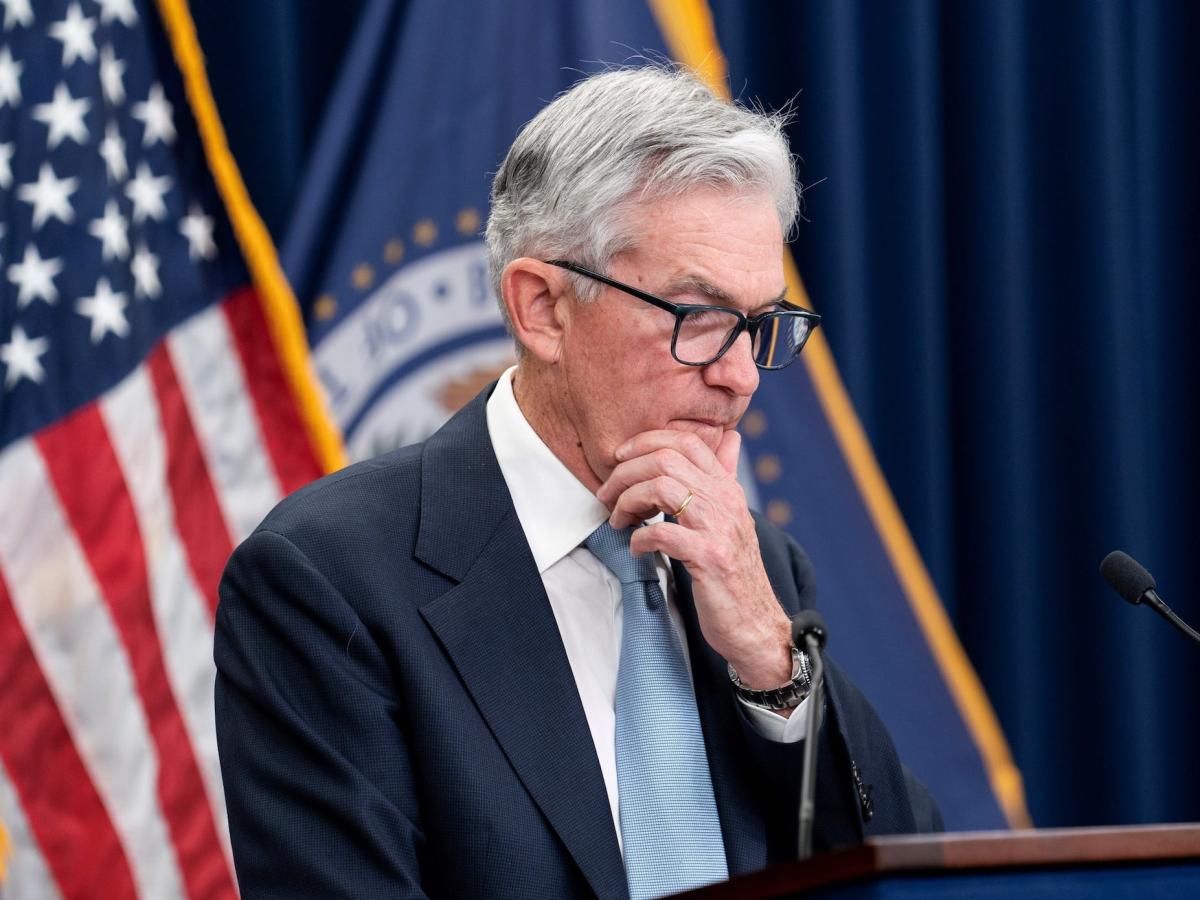-
If the Federal Reserve wants to reduce inflation, it must lower interest rates, according to JPMorgan.
-
JPMorgan strategist Jack Manley said lower interest rates would help drive down housing costs.
-
“There will be no significant downward pressure on housing costs until the Fed cuts interest rates,” Manley said.
If the Federal Reserve wants to bring inflation back down to its long-term target of 2%, it will need to start cutting interest rates, according to JPMorgan strategist Jack Manley.
This line of thinking flies in the face of conventional economic wisdom, which holds that higher interest rates help fight inflation by reducing aggregate demand, and vice versa.
However, according to Manley, the rising cost of housing, which has been a key driver of inflation in this current economic cycle, would actually fall if the Fed began cutting interest rates.
“There will be no significant downward pressure on housing costs until the Fed cuts interest rates, mortgages fall to more reasonable levels and supply picks up,” Manley said in an interview with Bloomberg on Monday.
The real estate market was incredibly tight and prices remained high due to very tight supply and steady demand. One reason housing supply is so tight, besides the fact that not enough homes have been built in the last decade, is that most homebuyers have locked in mortgage rates below 4%.
With current mortgage rates hovering around 7%, there is little incentive for current homeowners to sell their home since any future home purchase would likely result in a much higher mortgage rate.
“I think we’re in this funny, strange chicken-and-egg situation where there won’t be any significant downward pressure on inflation until you see significant downward pressure on the cost of accommodation. And that won’t be the case.” “We see significant downward pressure on housing costs until the Fed cuts interest rates,” Manley said.
But the chances of the Fed cutting interest rates this year have fallen sharply, especially after the release of the March CPI report that showed higher-than-expected inflation.
Core CPI rose 3.8% year-on-year in March, beating forecasts for a 3.7% rise and in line with February’s CPI reading. Since the release of the March CPI report on Wednesday, the probability of a Fed rate cut in June has fallen to about 20% from about 50% on Tuesday.
Investors now expect fewer than two rate cuts from the Fed this year, compared to seven rate cuts forecast at the start of the year.
Still, Manley said, the Fed will simply have to bite the bullet and start cutting interest rates, even in the face of elevated inflation, if it wants to bring inflation back to its long-term goal of 2%.
“A lot of what is happening today is very closely related to the level of interest rates. You slice and dice inflation, and whether you look at the headline number or the core number, you remove it.” “The goods equation has so much to do with the tariff environment,” Manley said.
Read the original article on Business Insider
